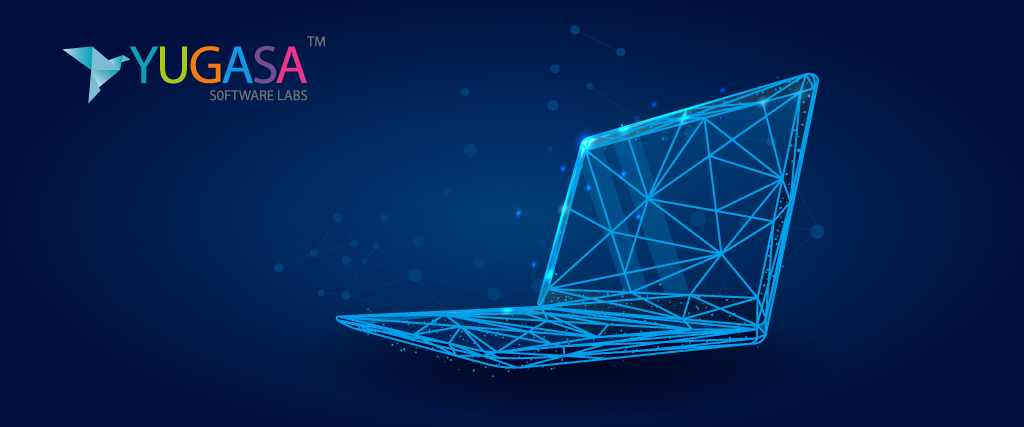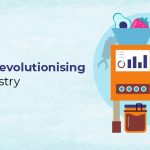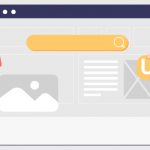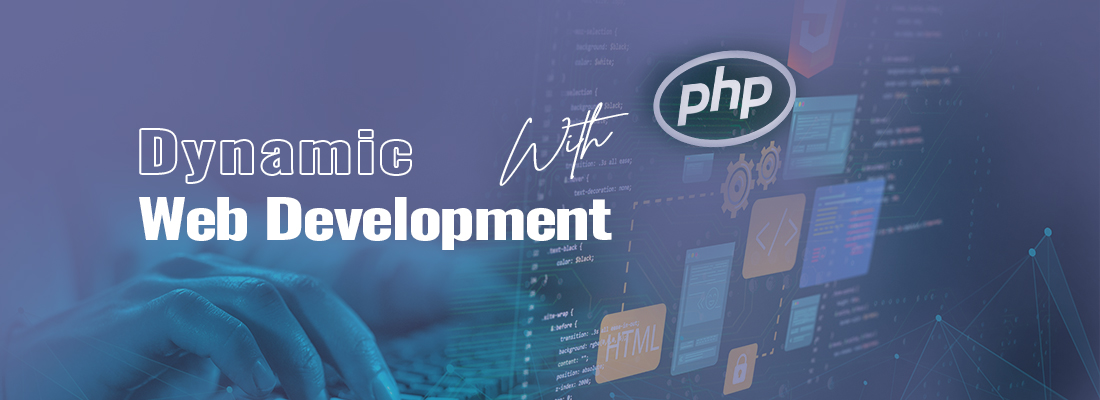Iterative Development: There is no doubt that the field of software development is growing exponentially. With each new day, something new and innovative is being create. Developer can easily find new technologies to work with and new development methodologie are being used to build software with more ease and efficiency.
Developer should be up to date with all the on going change with what newer methodologie are being used to develop software. This article aims at covering one of the Software Development Life Cycle (SDLC) models, known as the Iterative Development model.
To start with it, one must first understand what iterative development is. An iterative development model works on the arranged repetitions of small software development cycles, which are called iterations. The aim is to achieve an optimal product at the end of all iterations. The process starts by specifying and implementing a small section of the software and then repeatedly producing newer versions of that software. This happens until the final product is achieved. This is why there is no necessity for the full specification of requirements.
But the iterative model isn’t the only development model out there. So, how is it different from other SDLC models? To answer the question, we must dive into a brief history of the iterative model.
History of the iterative model – Iterative Development

In the 1950s, the introduction of the ‘Kanban method’ carved ways for the creation of iterative SDLC models. The method’s core ideas were from lean production, which focuses on efficiency, fast delivery, and iterative improvements. It wasn’t tough to improve it into the iterative methodology. It was also applied to some other SDLC methodologies which are not part of this article.
An iterative process was properly studied in 199. Incidentally, the process of human learning was thought to be an iterative trial and error process. So, it was considered that the same approach can be applied to develop software faster and with fewer mistakes. Even Microsoft adopted the iterative model for software development in 2004, which inspired many others to do the same.
The Process
Now that we have talked briefly about the history of the iterative development model, it is time to dive into the inner workings of this model.
The iterative model follows a cyclic process, which unlike the waterfall model, does not follow any rigid structure. Once your initial planning completes, which doesn’t have to be well-defined, you can repeat the rest of the steps for each iteration again and again with extensive testing in each step to achieve the final deployment stage.
Each such iteration goes through a test at its initial stage for software and system integration. And then the decision is made to determine whether the produced outcome will be kept in the next phase. This process is also known as incremental prototyping.
This model allows developers to access, review, and change the previous cycles until all requirements meet.
To have better clarity, we will go into each of these steps individually.
1. Planning and Analysis – Iterative Development
This is the first step of the iterative life cycle, where the developers and the client discuss the various software requirements. It is not mandatory to identify the risks associated with the project or worry too much about quality assurance.
As this step repeats, again and again, it is ensured that risks are overcome and the product’s quality is good.
Once the requirements are fully discussed, analysis is done to arrange the development process, like identifying the database models.
After the completion of the first step, we move to the design phase.
2. Design
The design doesn’t play a major role in the iterative model as compared to other steps. But the design team can fulfill the technical requirement such as services, language, and data layers, etc. for the architecture of the software.
3. Implementation
After the completion of the first two steps, it is time to start writing the code for your first iteration or version of the software. This part comprises writing the instructions in a chosen programming language and compiling it. You will build the technical architecture, database, and the program itself for your first iteration module.
4. Testing
After the completion of your initial module, it is tested for possible bugs and issues that may have been overlooked during the previous step. Specifically, you will do individual unit testing of codes, integration testing which verifies whether the units of codes are functioning properly, and then will run the user acceptance test which ensures whether or not the module satisfies the required parameters for that particular iteration.
Also, you will test the iteration module for potential hacks using various methodologies, like a black box (no access to the source code), grey box (partial access to the source code), and white box (full access to the source code) methods. This is to ensure that the safety of your product can not be compromised.
You should keep in mind that implementation and testing are often repeated side-by-side to ensure there are no errors in the product.
Read More:
- INDIA’S ECONOMY TO SHRINK BY 3.2% IN FY21: WORLD BANK
- THE BEST TELEMEDICINE APPS TO USE DURING THE CORONAVIRUS PANDEMIC
5. Evaluation
Once the first four steps complete, you finally evaluate the entire project. The project is then given to the client who reviews the product for validity and efficiency. This step provides any necessary feedback for various parts of our project which needs further improvements. After gathering all the feedback, you start your next iteration from step 1. The entire process is repeated until no further improvements are left to make.
After the successful completion of all iterations, the final product is ready to be released. This is where you provide the client with documentation and guidelines to use the software. Periodic maintenance is also provided if the client wishes to have that facility.
When to use this model?
There are certain scenarios where the iterative model is the optimal choice. They are:
- 1. When the software is large.
- 2. Requirements are not well-defined but are easy to comprehend.
- 3. When there is a possibility of changes in the requirements.
4. When the complete resources are not available at the time but can be made available after several iterations.
Conclusion
The iterative model is a software development life cycle model that works in iterations to ensure the quality and efficiency of the software. If each of the above-mentioned steps is properly followed, you will have a great product that has all the desired functionalities.
























